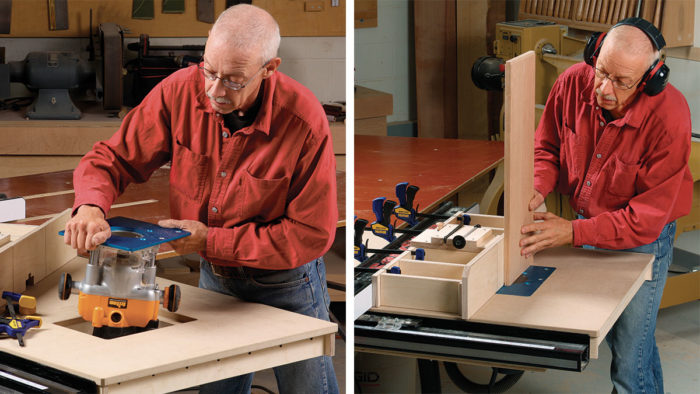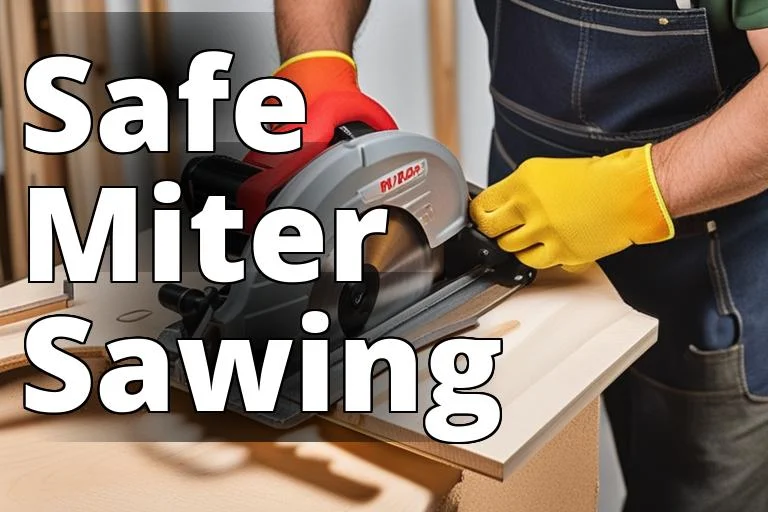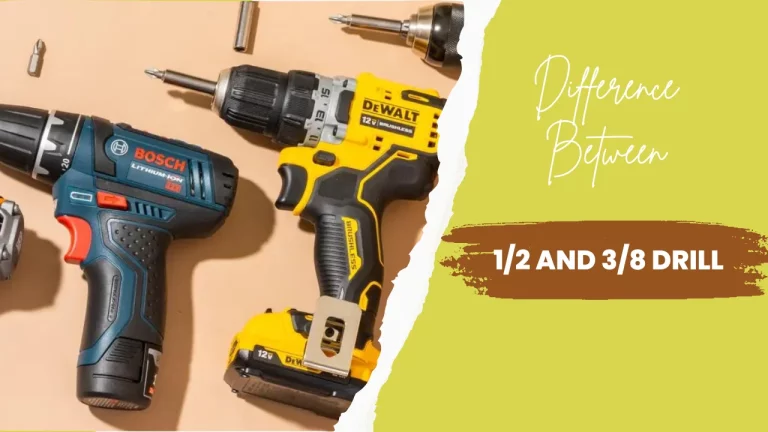How to Cut a Straight Line with a Router: Expert Tips and Safety Guide
Working with wood and crafting it is an art that needs you to learn right methods and practice in order to earn efficiency and get good results. Accuracy and efficiency is not difficult to attain but only right practices can make it happen.
Just like all other power tools, you need to be extra cautious and learn basics of using a wood router in order to keep yourself safe and to prevent wastage of your worthy material.
A wood router is capable of performing a variety of wood cutting and shaping applications but each application needs you to follow some basic tricks and steps to attain accuracy of work. Following this page will enable you to learn how to make accurate and smooth straight cuts with your wood router.
Materials Need For Straight Cut:
- A Router with a flush trim bit
- A workpiece that needs a straight edge
- clamps
- a scrap piece of MDF (Medium-Density Fiberboard).
How to make Straight Lines?
Follow these simple steps for making smooth straight cuts with your wood router:
Step 1: Have appropriate router bit installed in your router and secure it tightly with nut.

Step 2: Set the desired cutting depth for your router. Different routers offer varied methods of adjusting cutting depth so follow instructions mentioned in user manual of your router.
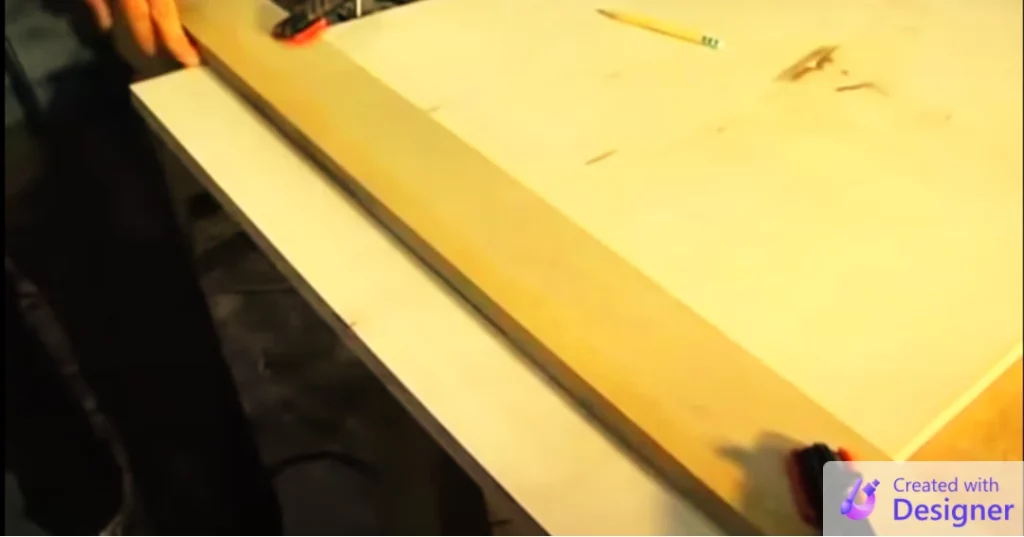
Step 3: Now secure the work piece so that you can get efficient cutting. Secure it properly so that it doesn’t shift during the process and ensure that its weight and cutting pressure can be supported well. In order to cut a straight line over a distance, attach a T-square or straight edge with your work material.
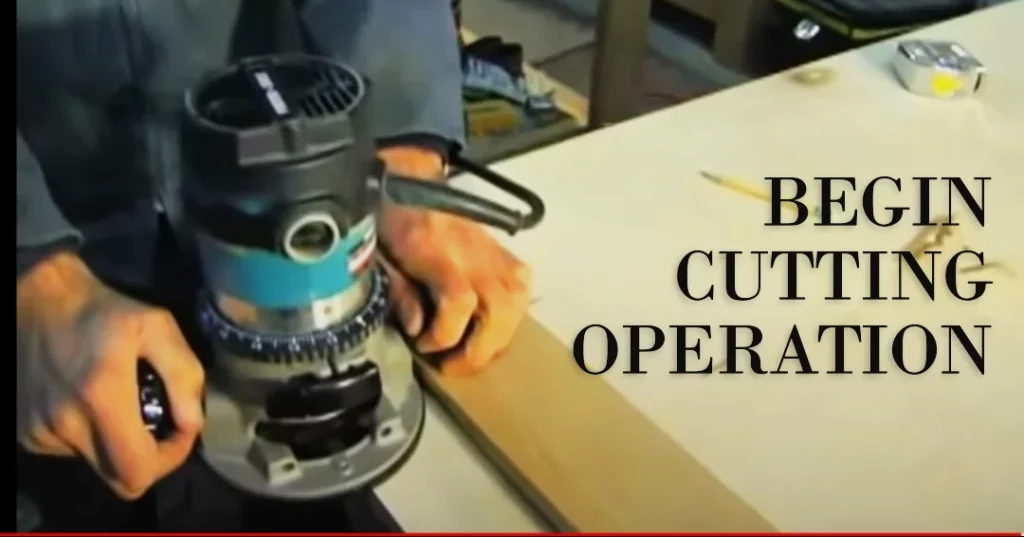
Step 4: Now firmly hold router to begin cutting operation. Make sure that you have a tight grip on it in case of hand held ones as once you turn it on, it may begin to vibrate if not held properly because of its momentum. If router bit is rotating clockwise, you should route your material from left to right and in case of counter clockwise, from right to left.
Step 5: It may be difficult for a wood router beginner to predict right speed for feeding material to your router. So it is best to practice with some scrap pieces first before routing in your material. Experimenting with your material by routing too slowly may burn your piece of wood and moving too quickly with it can splinter wood and overheat your router.
Important Safety Tip:
Just like any other power wood working tool, a wood router chips away wood too fast and these chips can harm you. It is important to ensure safety before using this tool. Make sure that you wear safety glasses to protect your eyes and wear protection for ears to avoid router’s loud noise.
The wood router was invented in the early 20th century. It was first patented in 1915 by a German engineer named Wilhelm Emil Fein. Fein’s invention was called the “electric hand milling machine” and it laid the foundation for the modern wood router.
General Tips for using Router:
Before you begin to make straight cuts with your router, make sure you go through these basic tips that ensures efficient use:
- Make sure that the router bit is properly installed and tighten.
- Your router bit must be clean and sharp enough to make smooth cuts.
- Use appropriate router bit speed and follow recommendations of your manufacturer.
- You should have a proper dust collection system installed with your router (or router table) in order to get rid of waste materials.
- Feed material at a moderate speed, not too fast and not too slow.
- Route material in right direction.
“Every cut of the wood router is a dance between the craftsman’s vision and the raw potential of the timber, revealing the true beauty hidden within.”
Conclusion
Following these simple steps would give you a parallel straight cut to a straight edge that would be smooth and nice. Make sure that you run the material all across in one go to make accurate straight cut that has same line of distance all across it. A well finished straight profile can be achieved with ease with both hand-held or a table mounted wood router provided you take care of all the details that we have discussed here.


![Top 10 Best Hammer Drills For Concrete [Review and Guide 2023]](https://bestwoodrouterguru.com/wp-content/uploads/2023/07/construction-worker-drilling-into-concrete-768x402.webp)
